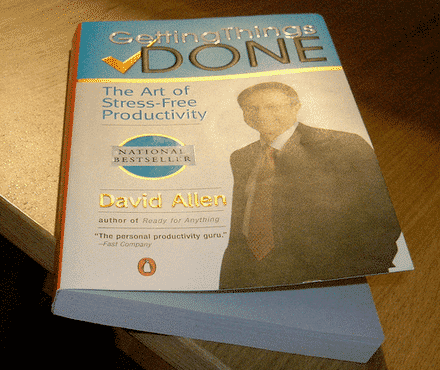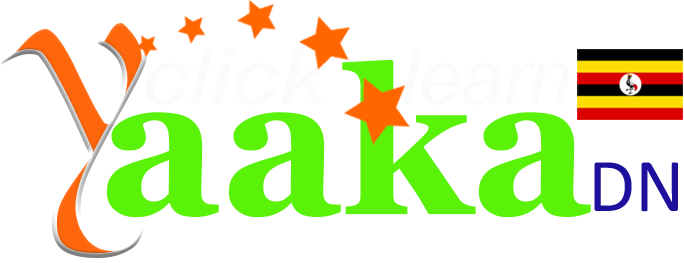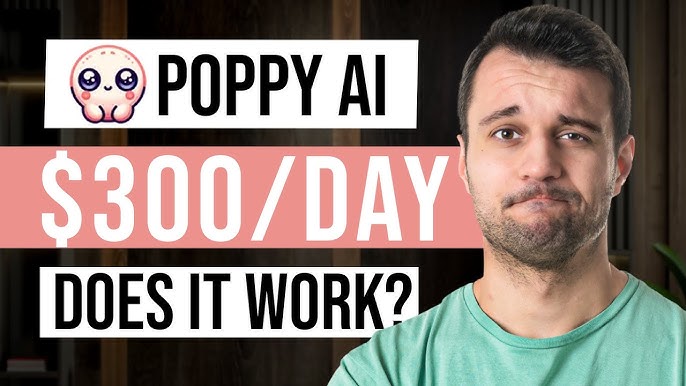

Collect
Capture everything that you need to track or remember or act on in what
Allen calls a ‘bucket’: either a physical inbox, email inbox, tape recorder,
notebook, or any combination of these. Get everything out of your head and
into your collection device, ready for processing. All buckets should be
processed to empty at least once per day.
Process
When you process your inbox, follow a strict workflow:
-
Start at the top.
-
Deal with one item at a time.
-
Never put anything back into ‘in’.
-
If an item requires action:
-
If not,
The 2-minute Rule: If it would take less than 2 minutes to do something,
just do it right away. Two minutes is a guideline, roughly the time it would
take to formally defer the action.
Organize
Allen describes a suggested set of lists which you can use to keep track of
items awaiting attention:
-
Next actions – For every item requiring your attention, decide
what is the next action that you can physically take on it. For example,
if the item is ‘Write project report’, the next action might be ‘Email
Fred for meeting minutes’, or ‘Call Jim to ask about report
requirements’, or something similar. Though there may be many steps and
actions required to complete the item, there will always be something
that you need to do first, and this should be recorded in the
next actions list. Preferably, these are organized by the context in
which they can be done, such as ‘in the office’, ‘by the phone’, or ‘at
the store’. -
Projects – every ‘open loop’ in your life or work which requires
more than one physical action to achieve becomes a ‘project’. These are
tracked and periodically reviewed to make sure that every project has a
next action associated with it and can thus be moved forward. -
Waiting for – when you have delegated an action to someone else
or are waiting for some external event before you can move a project
forward, this must be tracked in your system and periodically checked to
see if action is due or a reminder needs to be sent. -
Someday/Maybe – things that you want to do at some point, but not
right now. Examples might be ‘learn Chinese’, or ‘take diving holiday’.
A calendar is also important for keeping track of your appointments and
commitments; however, Allen specifically recommends that the calendar be
reserved for what he terms the ‘hard landscape’: things which absolutely
have to be done by a particular deadline, or meetings and appointments which
are fixed in time and place. ‘To-do’ items should be reserved for the next
action lists.
A final key organizing component of GTD is the filing system.
Getting Things Done says that a filing system, if it is to be used,
must be easy, simple and fun. Even a single piece of paper, if you need it
for reference, should get its own file if it doesn’t belong in a folder you
already have. Allen’s suggestion is that you keep a single, alphabetically
organized filing system, in order to make it as quick and easy as possible
to store and retrieve the information you need.
Review
The lists of actions and reminders will be of little use if you don’t review
them at least daily, or whenever you have time available. Given the time,
energy and resources that you have at that particular moment, decide what is
the most important thing for you to be doing right now, and do it.
At least weekly, the discipline of GTD requires that you review all your
outstanding actions, projects and ‘waiting for’ items, making sure that any
new tasks or forthcoming events are entered into your system, and that
everything is up to date. Allen suggests the creation of a
tickler file
in order to help refresh your memory each week with your outstanding tasks
and projects.
Do
Any organizational system is no good if you spend all your time organizing
your tasks instead of actually doing them! David Allen’s contention is that
if you can make it simple, easy and fun to take the actions that you need to
take, you will be less inclined to procrastinate or become overwhelmed with
too many ‘open loops’.
(All Content From
Wikipedia’s Article on GTD)
[ Nov 19, 2006 ]












0 responses on "Outsourcing And The Future Of I.T."